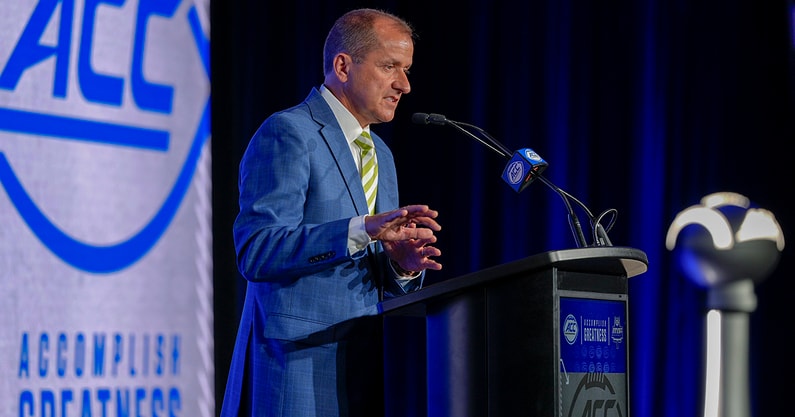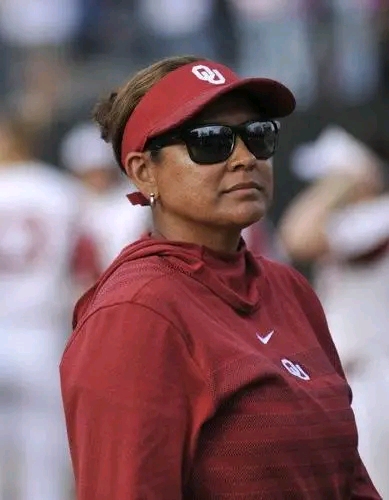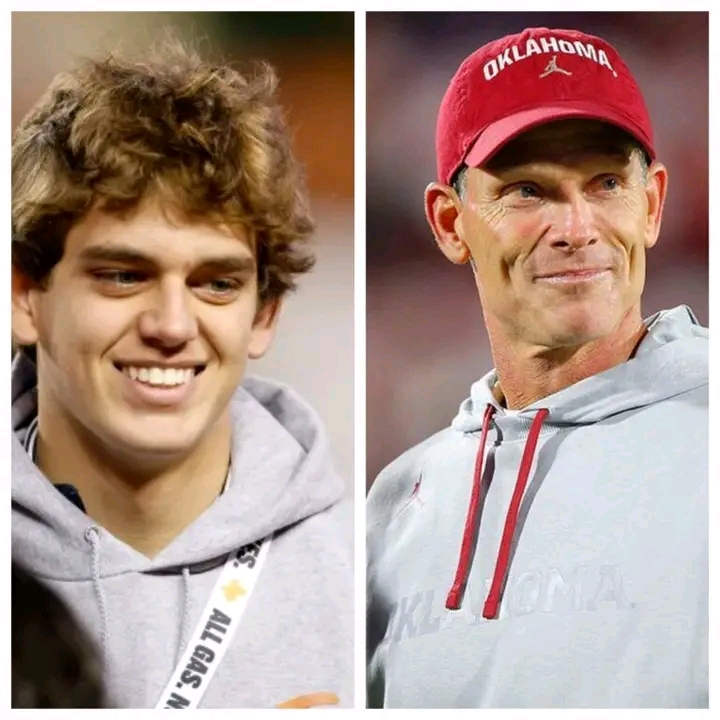
ACC Commissioner Jim Phillips recently made waves in the ongoing conversation about the future of college athletics by stating that he has “not had one student-athlete” tell him they want to be classified as employees. His remarks come amid a rapidly evolving landscape in college sports, where legal challenges, labor discussions, and ongoing debates about athlete compensation and rights are reshaping the relationship between student-athletes, universities, and governing bodies like the NCAA.
Phillips, speaking at ACC Media Days, emphasized his belief in preserving the collegiate model while acknowledging that reforms are needed to better support student-athletes. However, he drew a firm line at the idea of converting athletes into employees, a legal and cultural shift that some advocates and court rulings have begun to push toward in recent years.
“I haven’t had one student-athlete come to me and say, ‘I want to be an employee,’” Phillips said. “What they consistently talk about is wanting better resources, more support, and a stronger voice in decision-making—but not a complete overhaul of what it means to be a student-athlete.”
Phillips’ statement echoes concerns from many university administrators and conference officials who believe that turning student-athletes into employees would fundamentally alter the nature of college sports. They argue it would introduce complications around taxes, unionization, contracts, and benefits—issues typically associated with professional sports leagues.
However, critics of that stance argue that college athletes already exist in a professionalized environment, particularly in revenue-generating sports like football and basketball, where billions of dollars are generated annually through media rights, sponsorships, and ticket sales. Advocates for employee status say it is the only way to ensure fair compensation, labor rights, and legal protections for athletes who make the modern college sports industry possible.
Phillips acknowledged the need for ongoing reform, including changes to how athletes are supported financially. “We understand that student-athletes are under more pressure than ever before,” he said. “That’s why the ACC has been actively involved in improving benefits, expanding mental health services, and supporting NIL opportunities. But we believe that the core of college athletics—education, team, development—should be preserved.”
The commissioner’s remarks come at a time when federal and state legislation is being considered to determine the future structure of college sports. Recent rulings by the National Labor Relations Board and multiple lawsuits—such as Johnson v. NCAA and House v. NCAA—have challenged the NCAA’s position that student-athletes are not employees under U.S. labor law. Some court decisions have suggested that athletes could be entitled to minimum wage, workers’ compensation, and the ability to unionize, especially if their daily responsibilities and time commitments resemble those of full-time employees.
Phillips, while respectful of the legal process, warned against moving too quickly toward a model that mimics professional sports. “We have to be cautious,” he said. “There are unintended consequences if we go down the employee path. It’s not just about money—it’s about education, opportunity, and the entire student-athlete experience. That’s something we’re trying to protect.”
Still, not everyone within college sports shares Phillips’ perspective. Several student-athlete advocacy groups have expressed frustration that despite growing revenues and expanded NIL access, the structural power imbalance remains largely unchanged. They argue that being able to collectively bargain and have legal employee status is the only way to create long-term equity and security.
Others point to the growing divide between top-tier programs and mid-major schools. As power conferences like the SEC and Big Ten continue to generate record-breaking media deals, the calls for more formal labor structures among athletes are expected to grow louder—particularly in football and men’s basketball.
Phillips concluded his remarks by emphasizing that the ACC remains committed to listening to its athletes and adapting to their needs, while also preserving the educational mission that distinguishes college athletics from the professional realm. “Our student-athletes are at the heart of everything we do,” he said. “They deserve our respect, our investment, and our support. But I believe we can do that without turning them into employees.”
As the national debate continues to intensify, Phillips’ comments reflect the delicate balance college sports leaders are trying to strike: addressing the realities of a booming, high-stakes industry while holding onto the traditional ideals that have long defined the collegiate model. Whether that balance can be maintained in the years to come remains one of the central questions facing the future of college athletics.




